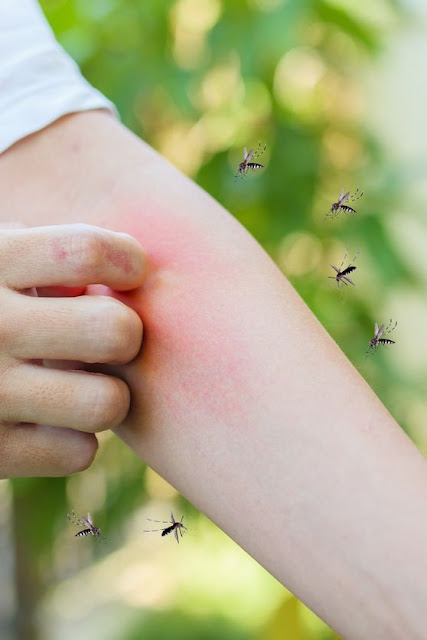In the realm of mosquito-borne diseases, two significant entities loom large: Dengue fever and the notorious Yellow Fever mosquito. These intertwined adversaries have long plagued tropical and subtropical regions, causing substantial morbidity and mortality. Understanding their dynamics, from transmission to prevention, is crucial in the ongoing battle against these formidable foes.
Dengue fever, often referred to as breakbone fever, is a viral illness transmitted primarily by the Yellow Fever Mosquito, scientifically known as Aedes aegypti. This tiny, black mosquito with white markings thrives in urban environments, making it particularly adept at spreading disease among densely populated areas. Its presence signifies a potential outbreak of dengue fever, as it is the principal vector responsible for transmitting the Dengue virus.
The Dengue virus belongs to the Flaviviridae family and exists in four distinct serotypes: DEN-1, DEN-2, DEN-3, and DEN-4. This diversity complicates efforts to develop a universal vaccine, as infection with one serotype does not confer immunity against the others. Consequently, individuals can suffer multiple bouts of dengue fever, each potentially more severe than the last—a phenomenon known as antibody-dependent enhancement.
Dengue fever manifests with a spectrum of symptoms, ranging from mild flu-like illness to severe hemorrhagic fever and shock syndrome, collectively termed severe dengue. Common symptoms include high fever, severe headache, pain behind the eyes, joint and muscle pain, rash, and mild bleeding manifestations such as nosebleeds or easy bruising. Timely diagnosis and appropriate medical care are critical, particularly in regions where dengue fever is endemic.
Preventing dengue fever hinges on controlling the Yellow fever mosquito population and minimizing human-mosquito contact. This entails comprehensive vector control measures such as environmental management to eliminate breeding sites, insecticide application, and community engagement to promote personal protective measures like wearing long sleeves and using mosquito repellents. Additionally, research into novel control strategies, such as genetically modified mosquitoes or Wolbachia-infected mosquitoes, shows promise in curbing transmission.
While dengue fever poses a significant public health threat, the Yellow fever mosquito extends its reach beyond Dengue virus transmission. This versatile vector also serves as the primary transmitter of other arboviruses, including Zika virus, chikungunya virus, and, as its name suggests, Yellow fever virus. Its ability to transmit multiple pathogens underscores the need for a holistic approach to vector-borne disease control.
Yellow fever, like dengue fever, is caused by a Flavivirus and is characterized by fever, jaundice, muscle pain, headache, and sometimes hemorrhagic symptoms. While vaccination provides effective protection against Yellow fever, outbreaks continue to occur, particularly in regions where vaccination coverage is insufficient. As with dengue fever, controlling the Yellow fever mosquito population remains pivotal in preventing Yellow fever transmission.
The resilience and adaptability of the Yellow fever mosquito pose significant challenges to disease control efforts. Its ability to breed in small, stagnant water bodies, such as discarded containers or even bottle caps, renders traditional vector control methods less effective. Moreover, urbanization and climate change contribute to the expansion of its habitat, exacerbating the threat of mosquito-borne diseases.
In recent years, the convergence of dengue fever, Yellow fever, and other mosquito-borne diseases with the COVID-19 pandemic has further strained healthcare systems and public health resources. The overlapping symptoms between these diseases necessitate enhanced surveillance and diagnostic capabilities to differentiate between them accurately. Moreover, the socioeconomic impact of these diseases underscores the importance of addressing underlying vulnerabilities in affected communities.
Amidst these challenges, technological advancements offer new avenues for disease control and prevention. From predictive modelling to identify high-risk areas to the development of novel vector control tools, innovation plays a crucial role in staying one step ahead of mosquito-borne diseases. Additionally, interdisciplinary collaboration between public health authorities, researchers, policymakers, and communities is essential for implementing comprehensive and sustainable strategies.
In conclusion, the battle against Dengue fever and the Yellow fever mosquito is multifaceted, requiring a combination of vector control, disease surveillance, and community engagement. By understanding the intricate dynamics of disease transmission and adopting a holistic approach to prevention and control, we can mitigate the impact of these formidable adversaries. Only through concerted efforts and collective action can we hope to protect vulnerable populations and pave the way towards a healthier, mosquito-free future.


No comments:
Post a Comment